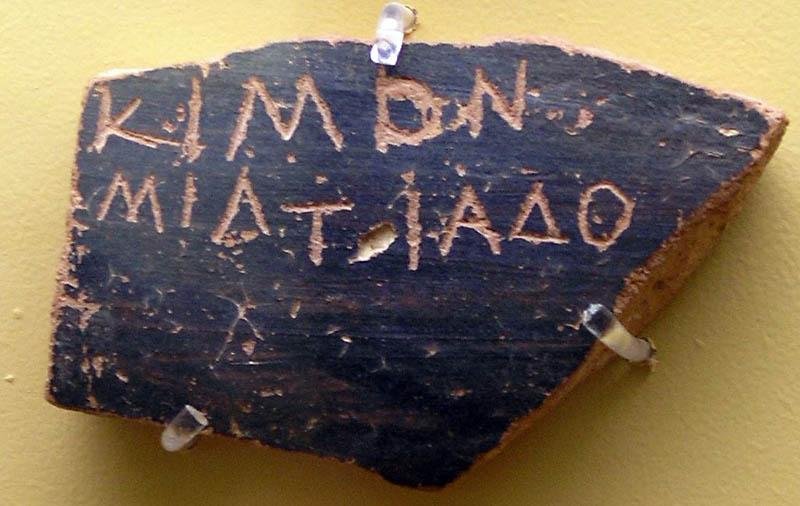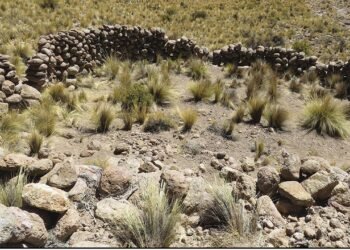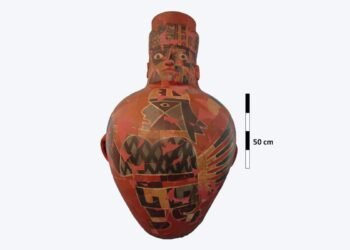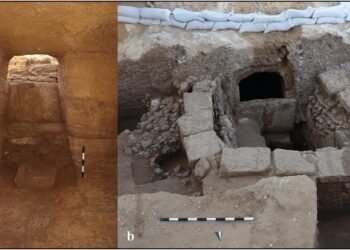Ostraca (singular: Ostracon) are small fragments of pottery, stone, or other materials that were used as a writing surface in ancient times. The word ‘ostracon’ comes from the Greek word for “shell,” as the pottery fragments used for writing often resembled shells in shape. Ostraca were used in various cultures throughout history, including ancient Egypt, Greece, and Rome. They were commonly used for recording everyday transactions, legal proceedings, or political decisions.

15501069 BC., From Deir el-Medina, Egypt. Egyptian Museum of Turin, Italy. Public domain
In ancient Egypt, ostraca were used extensively during the New Kingdom period (c. 1550–1070 BCE). They were used for a variety of purposes, including tax assessments, legal documents, and personal correspondence. Ostraca were also used for recording funerary inscriptions, as well as religious texts, such as spells and hymns. Many of these ostraca have survived and provide valuable insight into ancient Egyptian life and culture.
In ancient Greece, ostraca were used as a means of voting in democratic elections. Citizens would write the name of a politician they wanted to vote against on a piece of pottery, and the politician with the most votes would be banished from the city for a period of time. This practice was known as ostracism, and it was used as a way to prevent any one individual from gaining too much power and becoming a tyrant.

In ancient Rome, ostraca were used for a variety of purposes, including recording legal decisions and personal correspondence. They were also used for writing magic spells, as well as for writing messages to the gods. Ostraca were often used in conjunction with other materials, such as wax tablets or papyrus scrolls, and they were usually discarded after use.
Today, ostraca are still studied by historians and archaeologists as a valuable source of information about the past. They provide insights into daily life, politics, and culture in ancient societies, and they can reveal information that might not be found in other historical documents. Ostraca are also studied as a means of understanding the development of writing systems and the evolution of language.




















